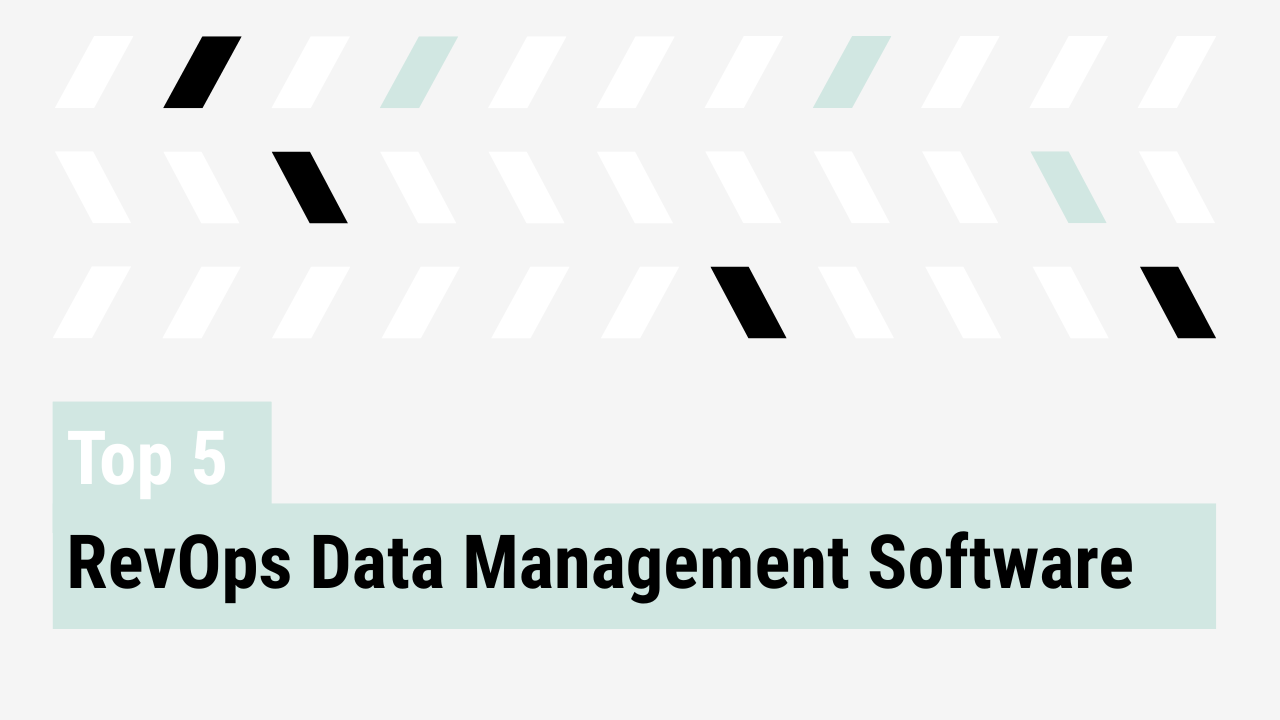In an era of shiny tools and overflowing SaaS budgets, the best RevOps leaders know that simplicity scales. RevOps best practices don’t start with new software. They start with clear workflows, intentional architecture, and ruthless prioritization. Overengineering the tech stack is a liability. Here’s how to build a lean RevOps system that does more with less.
Start with workflows, not tools
Every bloated stack starts with good intentions and a bad process: tool-first thinking. When teams adopt software to solve problems they haven’t fully defined, complexity compounds.
“The hypothesis for our business is that go to market bloat is the single biggest problem facing go to market organizations,” said Jared Barol, VP of GTM Strategy at Copy.ai. “Every time we introduce a new tool, you introduce a new title”.
Instead, reverse the flow. Begin by interviewing key stakeholders across sales, marketing, and customer success to understand how data moves through your GTM engine today. Document the entire customer journey, from lead capture to closed-won and beyond. Identify specific friction points, such as manual handoffs, poor visibility, or duplicated effort. Flag any tasks that are repeated often or involve copying data between systems. Only after this detailed mapping should you consider technology as a solution, and only if it solves a clearly defined operational gap.
A CRM-first, integration-forward foundation
Your CRM is the operational backbone of RevOps. A CRM-first strategy ensures that every tool in your stack reinforces your single source of truth. If a new tool doesn’t integrate natively or bidirectionally with your CRM, it’s a future headache.
This integration-first mindset prevents data silos, protects data hygiene, and accelerates decision-making. It also makes it easier to scale your system over time without reinventing your reporting foundation.
Must-have vs. nice-to-have tools
SaaS sprawl happens when teams mistake optional features for essential infrastructure. High-functioning RevOps teams regularly distinguish between must-haves (core revenue drivers) and nice-to-haves (marginal gains at best).
“As I build our tech stack, I only want platforms right now,” said Barol. Platforms minimize vendor sprawl, simplify integrations, and maximize ROI.
AccountAim is a platform uniquely capable of meeting this need. Designed to consolidate workflows, unify GTM data, and drive forecasting and attribution, it replaces multiple point solutions with a single source of insight. For RevOps teams seeking to reduce complexity while increasing capability, AccountAim offers a pragmatic, integrated approach.
A lean stack supports operational efficiency in GTM by reducing complexity, not adding to it.
Continuous audits and governance prevent stack bloat
Regular stack audits are a strategic safeguard. Underused licenses, overlapping functionality, and outdated systems create drag.
RevOps teams should:
- Audit tech usage quarterly
- Track ownership and adoption
- Consolidate where possible
- Document configuration and workflows
To run an effective stack audit, start by listing all tools currently in use across GTM functions. Group them by function (e.g., lead routing, territory planning, reporting) and identify overlaps. Next, assess how each tool integrates with your CRM and whether it is still actively used. Present the findings to finance and sales leadership to validate the impact and secure buy-in for further simplification.
Good governance makes the system transparent, maintainable, and agile.
A modern RevOps stack rests on four pillars
A high-functioning, lean RevOps system is built on four foundational capabilities:
- Data unification: Eliminate scattered GTM data. Your CRM, MAP, enrichment, and product usage tools must speak a common language.
- Automation: Use tech to enforce workflows. Automate handoffs, alerts, and calculations where repetition adds no value.
- Analytics: Dashboards are useful only with context. Invest in tools that improve forecasting accuracy and pipeline insights.
- Collaboration: Tools should enable visibility across Sales, Marketing, and CS.
Evaluate new tools through a strategic lens
Approaching tool evaluation with strategic intent is smart RevOps hygiene. Even more, it’s strategic RevOps leadership. When you can clearly articulate why a tool matters, what it solves, and how it fits into your existing system, the C-suite listens. Executives care about alignment, ROI, and scale. A thoughtful approach to stack decisions builds credibility and shows that RevOps is leading.
Before you add a new tool, ask:
- What problem are we solving?
- Is it worth solving now?
- Can we solve it with what we already have?
- Will this tool strengthen our CRM and core workflows?
“Is it solving the problem, or is it just moving the starting line?” asked Adam Beebe, RevOps leader and systems consultant. It is a useful question to gut-check any purchase.
Build lean, scale smart
RevOps teams of one and teams of twenty face the same truth. A cluttered tech stack clutters the business. Complexity is not a proxy for sophistication.
Start with RevOps best practices: workflow-first design, CRM-first infrastructure, and clear-eyed evaluation. That is how you build a lean system that actually scales.



